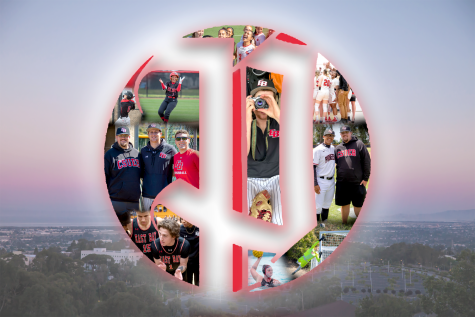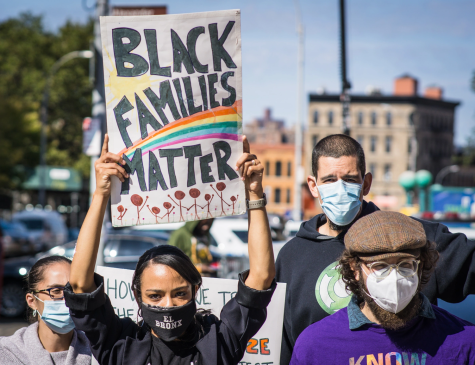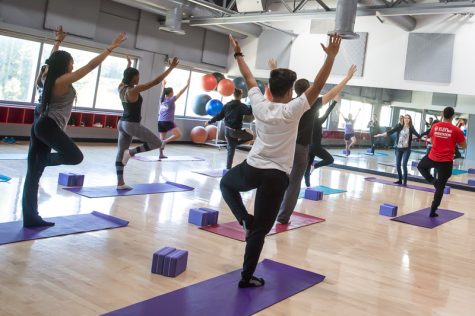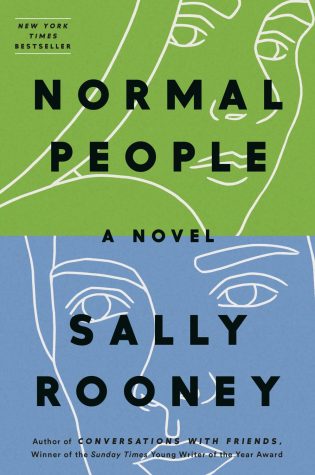Unable or unwilling to disconnect
April 8, 2015
Take a walk through campus, and you’ll see people talking on their phone, texting, tweeting, eyes glued to their phone instead of having a conversation with the person they are walking with.
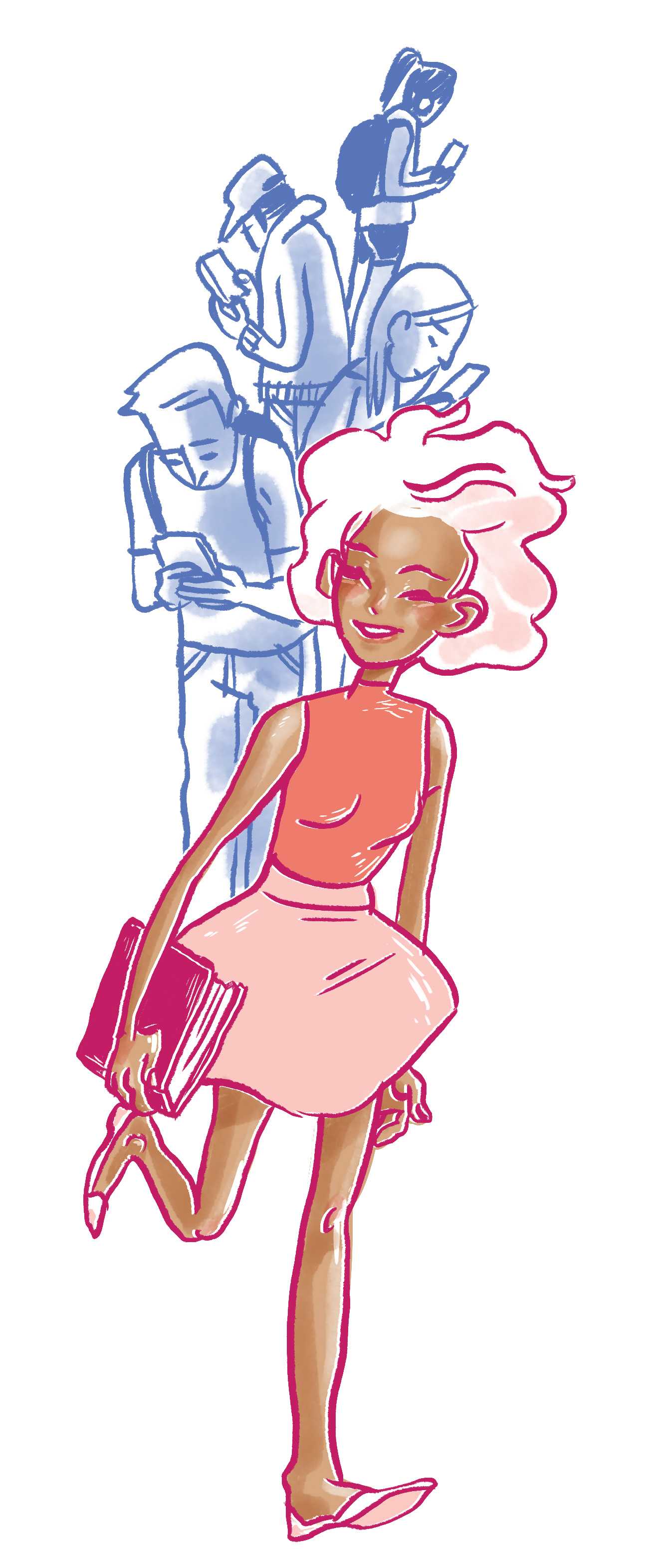 Think of the last party or kickback you went to. How many new people did you talk to? How many pictures did you take and edit on your phone? I too, am guilty of spending the time scrolling through my Twitter in between drinks.
Think of the last party or kickback you went to. How many new people did you talk to? How many pictures did you take and edit on your phone? I too, am guilty of spending the time scrolling through my Twitter in between drinks.
The last time you had a family dinner, or dinner with your friends, how much time was spent talking about what you saw on Facebook, what you saw on Twitter, or what you saw on Instagram?
We, as a society, are unable to find a balance with our daily lives and social media. We are too reliant on our phones, our laptops, our iPads, and all of our other gadgets.
We log onto social media just to present this idea of who we are, and how we live. We project who we want to be but in reality, this isn’t who we are.
We often base our worth on how many likes our photo will get, and how many friends we have or how many followers we get.
In January 2014, PEW Research Center conducted an Internet project and concluded that 74 percent of online adults use social networking sites and 70 percent of those use Facebook at least daily. Imagine how that number has grown.
We don’t live our lives because we are busy posting about it on social media. We type as we talk, and we read as we listen because we are afraid; we are afraid to relate with other people.
How many times have you felt awkward walking alone, so you pull out your phone? How many times have you pulled out your phone simply to avoid making eye contact that might start a conversation?
We hide behind social media and technology, so much that we have lost what true communication is and what it means to interact with one another.
The network that we call social media is far from social. We don’t use social media to socialize, but to portray ourselves in a way that we think will get us likes and comments.
Social media is teaching our society that emailing, texting, and messaging works the same as a face-to-face conversation.
We are simply unable to focus on anything without involving social media.
“For the first time, roughly half of internet-using young adults ages 18-29 (53 percent) use Instagram. And half of all Instagram users (49 percent) use the site daily,” according to a Social Media Update conducted by PEW in 2014.
Social media is more than a fad or a phase in our lives. It’s an addiction, and it has become our lives.
Just imagine what you could do if you simply disconnected for a while. Take a walk, read a book. How much more could you accomplish if you didn’t spend 20 minutes here and 40 minutes there scrolling through Instagram?
Would your dinner still taste good, if you didn’t Instagram it before you ate it?









